Description
USS Hornet (CVS-12) Patch – Sew On
Sailors and Aviators! Enjoy this beautifully embroidered USS Hornet (CVS-12) Patch. You’ll love displaying or wearing it on a jacket!
- 4″ inches
- Sew On
- US Veteran-Owned Business
- Reproduction
A 4″W x 3 15/16″H squadron patch of the USS Hornet (CVS-12).
 USS Hornet (CV/CVA/CVS-12) is an Essex-class aircraft carrier built for the United States Navy (USN) during World War II. Completed in late 1943, the ship was assigned to the Fast Carrier Task Force (variously designated as Task Force 38 or 58) in the Pacific Ocean, the navy’s primary offensive force during the Pacific War. In early 1944, she participated in attacks on Japanese installations in New Guinea, Palau and Truk among others. Hornet then took part in the Mariana and Palau Islands campaign and most of the subsidiary operations, most notably the Battle of the Philippine Sea in June that was nicknamed the “Great Marianas Turkey Shoot” for the disproportionate losses inflicted upon the Japanese. The ship then participated in the Philippines Campaign in late 1944, and the Volcano and Ryukyu Islands campaign in the first half of 1945. She was badly damaged by a typhoon in June and had to return to the United States for repairs.
USS Hornet (CV/CVA/CVS-12) is an Essex-class aircraft carrier built for the United States Navy (USN) during World War II. Completed in late 1943, the ship was assigned to the Fast Carrier Task Force (variously designated as Task Force 38 or 58) in the Pacific Ocean, the navy’s primary offensive force during the Pacific War. In early 1944, she participated in attacks on Japanese installations in New Guinea, Palau and Truk among others. Hornet then took part in the Mariana and Palau Islands campaign and most of the subsidiary operations, most notably the Battle of the Philippine Sea in June that was nicknamed the “Great Marianas Turkey Shoot” for the disproportionate losses inflicted upon the Japanese. The ship then participated in the Philippines Campaign in late 1944, and the Volcano and Ryukyu Islands campaign in the first half of 1945. She was badly damaged by a typhoon in June and had to return to the United States for repairs.
After the war she took part in Operation Magic Carpet, returning troops to the U.S. and was then placed in reserve in 1946. Hornet was reactivated during the Korean War of 1950–1953, but spent the rest of the war being modernized to allow her to operate jet-propelled aircraft. The ship was modernized again in the late 1950s for service as an anti-submarine carrier. She played a minor role in the Vietnam War during the 1960s and in the Apollo program, recovering the Apollo 11 and Apollo 12 astronauts as they returned from the Moon.
Hornet was decommissioned in 1970. She was eventually designated as both a National Historic Landmark and a California Historical Landmark, and she opened to the public as the USS Hornet Museum in Alameda, California, in 1998.
Design and description
The Essex-class ships were much larger than the preceding Yorktown-class aircraft carriers which allowed them to carry more aircraft, armor, and armament.[3] The initial ships had a length of 872 feet (265.8 m) overall and 820 feet (249.9 m) at the waterline, although this was revised to an overall length of 888 feet (270.7 m) in the “long-hull” sub-class when the bow was reshaped to accommodate a pair of quadruple 40 millimetres (1.6 in) mounts in the bow compared to the single mount in the earlier “short-hull” ships like Hornet. All of the ships had a beam of 93 feet (28.3 m) at the waterline and a draft of 30 feet 10 inches (9.4 m) at deep load.[4] They displaced 27,100 long tons (27,535 t) at standard load and 36,380 long tons (36,960 t) at deep load. Their designed complement was approximately 268 officers and 2,362 enlisted men, but more men were added even before the ships were completed; the addition of more light weapons and other equipment greatly increased the overcrowding so that Hornet’s sister Intrepid had a crew of 382 officers and 3,003 enlisted men in 1945.[5] The ships had four geared steam turbines, each driving one shaft, using steam supplied by eight Babcock & Wilcox boilers. The turbines were designed to produce a total of 150,000 shaft horsepower (110,000 kW), enough to give a maximum speed of 33 knots (61 km/h; 38 mph). The ships carried enough fuel oil to give them a range of 14,100 nautical miles (26,100 km; 16,200 mi) at 20 knots (37 km/h; 23 mph).
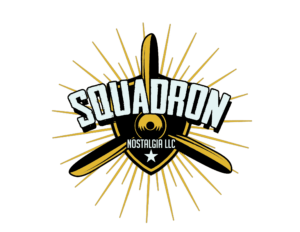
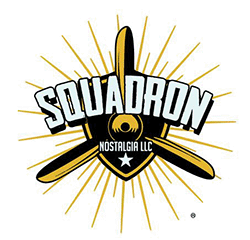
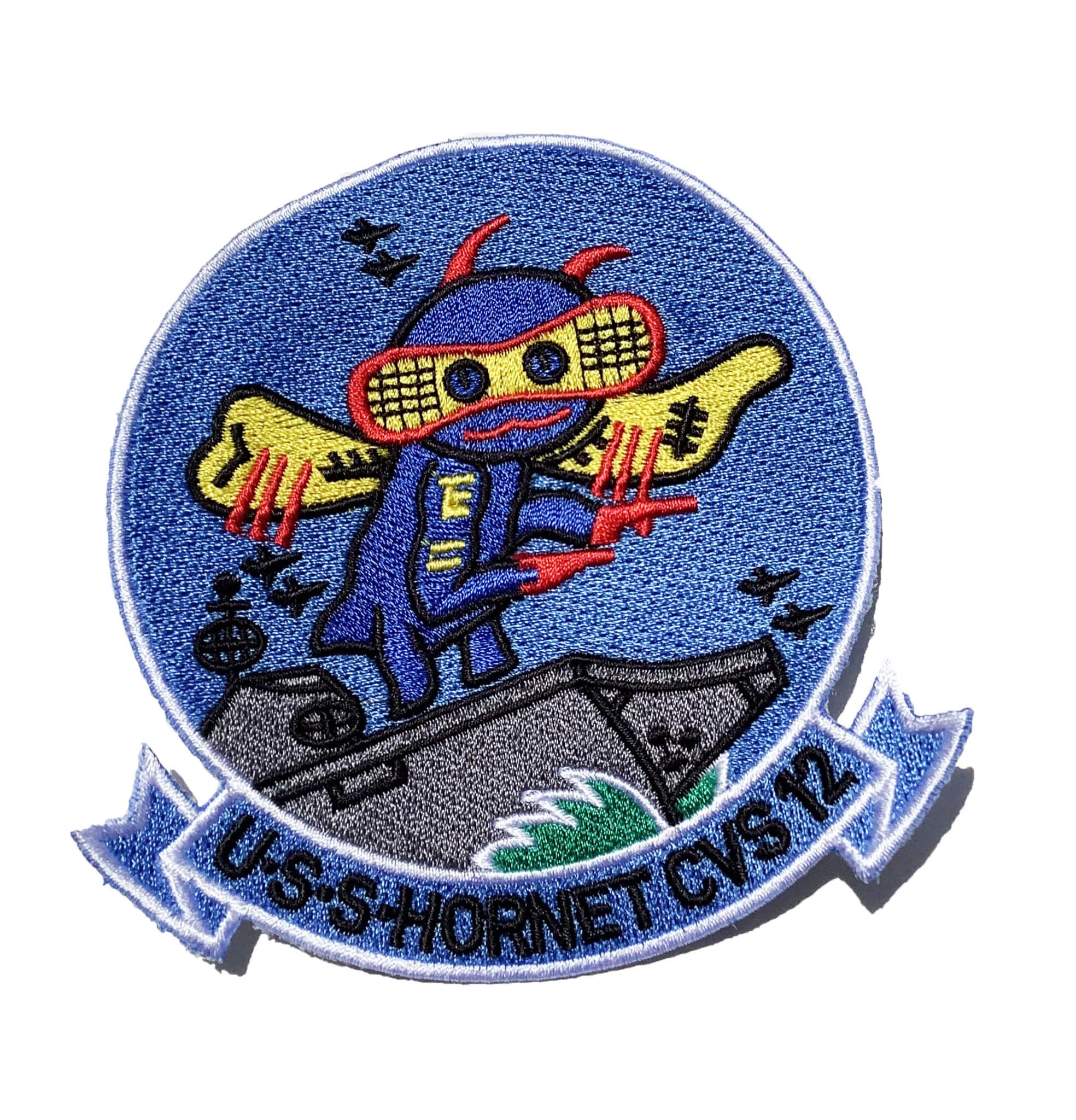
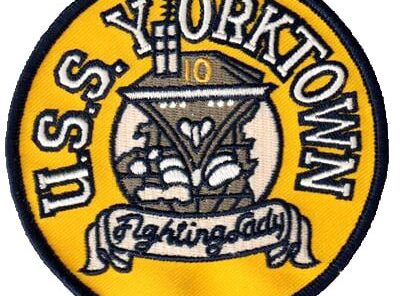
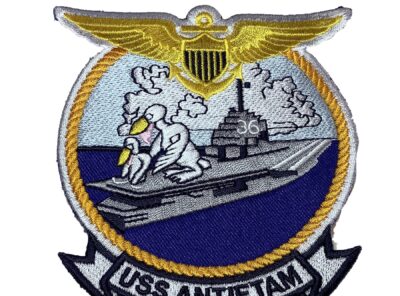
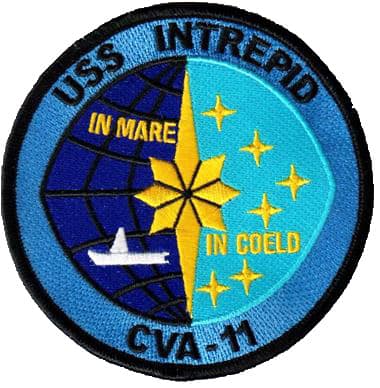
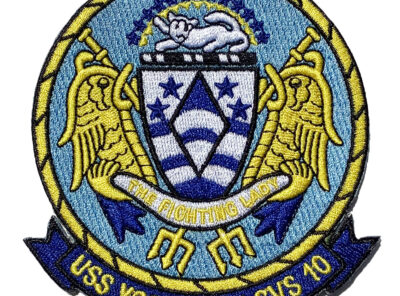
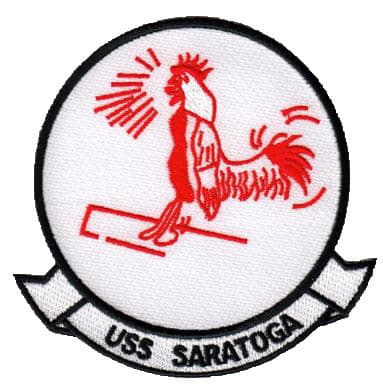
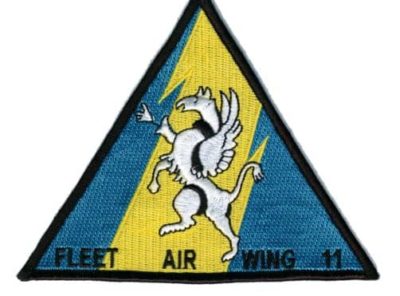
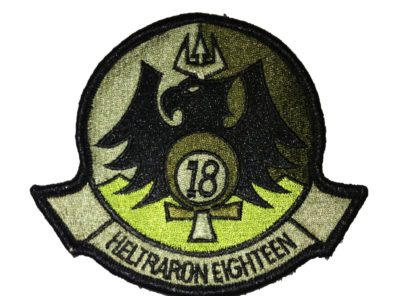
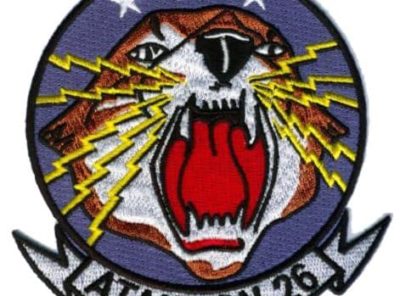
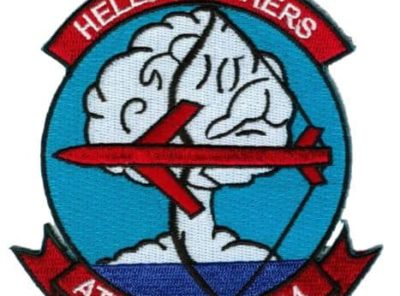
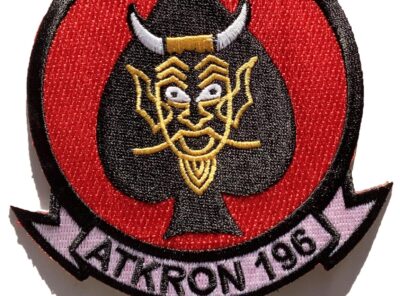
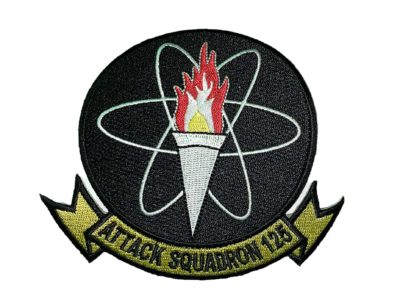
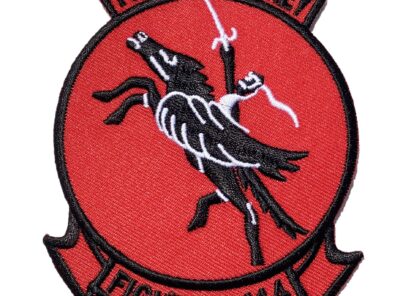

Reviews
There are no reviews yet.